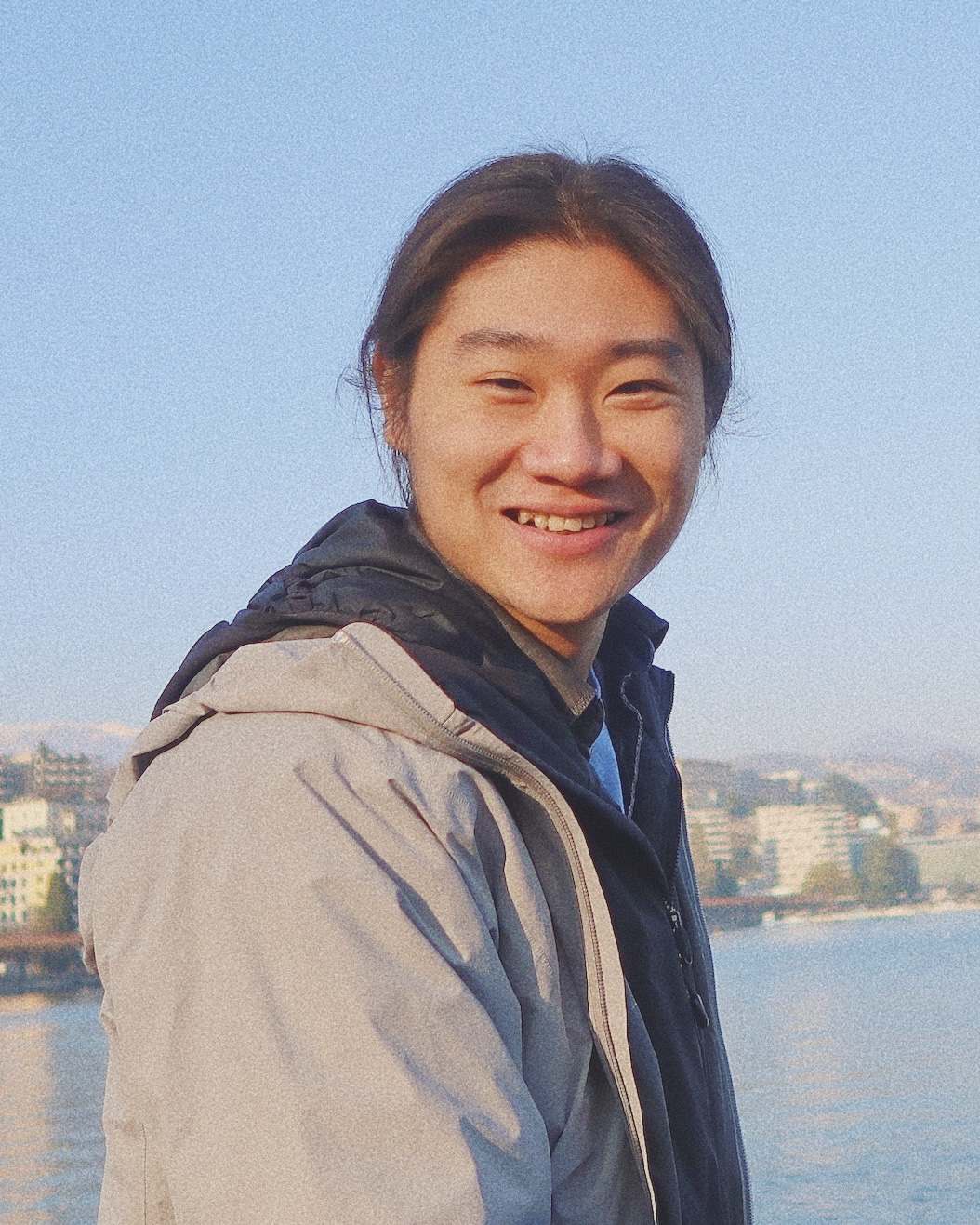Biography
Dr. Xitong Liang is an Assistant Professor at School of Life Sciences, Peking University. He received B.S. in Biology from Peking University and Ph.D. in Neuroscience from Washington University in St. Louis, USA, where he studied Drosophila circadian neural network using light-sheet microscopy. As a postdoc with Prof. Gilles Laurent at the Max Planck Institute for Brain Research, Germany, he stared to work on the cephalopod neurobiology, particularly on the neural control of color change and camouflage behavior in cuttlefish and squid. His general research interest is the diversity and evolution of animal behavior and neural circuits.
Education
2009-2013 B.Sc. in Biology, Peking University, Beijing, China
2013-2018 Ph.D. in Neuroscience, Washington University in St. Louis, USA
Professional Experience
2022.12-now, Assistant Professor, School of Life Sciences, Peking University, Beijing, China.
2022.12-now, Investigator, IDG/McGovern Institute for Brain Research, Peking University
2022.12-now, Investigator, Peking-Tsinghua Center for Life Sciences
2019.3-2022.11, Postdoctoral Associate, Max Planck Institute for Brain Research, Frankfurt,
Honors and Awards
Yifang Investigator, 2022
Wu Tsai Neurosciences Institute Interdisciplinary Scholar Award (declined), 2018
Spencer T. and Ann W. Olin Medical Scientist Fellow, 2017
James L. O`Leary Prize for Excellence in Neuroscience Research , 2017
Thach Award for Best Trainee Talk at Neuroscience Retreat, 2016
Ron Konopka Excellence Award, Society for Research in Biological Rhythms, 2016
Research Interests
Evolution has found diverse solutions for any given neural computation (e.g., sound localization, visual motion detection, and complex motor coordination). Our goal is to take advantage of this diversity in neural algorithms, to seek general principles of neural computations, as well as alternative algorithms for robotics and artificial intelligence. Cephalopods (e.g., octopus, squid, and cuttlefish) provide the richest source for such diverse neural algorithms.
Cephalopods have the most complex brains among those that are most diverged from our own. They evolved independently from our lineage for over 600 million years, from a common ancestor that lacked an elaborate nervous system. Therefore, cephalopods have unique implementations of neural algorithms that can never be found in other animals, such as those for color-change behavior and soft-body control. Both demand neural systems to generate an extremely high-dimensional pattern of motor outputs (i.e., the coordinated pattern of millions of pigment cells for color-change behavior and almost infinite degrees of freedom for their arm movements). To study the underlying neural control, we have developed methods to quantitatively track behavior in free-moving animals using machine learning algorithms and introduced modern neuroscience techniques into cephalopods. Using this emerging model system for neuroscience, we are studying:
(1) Adaptive skin coloration and patterning for camouflage in cuttlefish;
(2) Distributed neural control of octopus arms;
(3) The evolution of neural complexity in cephalopods.
Representative Peer-Reviewed Publications
1. Liang, X., Holy, T. E., & Taghert, P. H. (2016). Synchronous Drosophila circadian pacemakers display nonsynchronous Ca2+ rhythms in vivo. Science, 351(6276), 976-981.
2. Li, Q.*, Zhang, X.*, Hu, W.*, Liang, X.*, Zhang, F., Wang, L., Liu, Z.J., & Zhong, Y. (2016). Importin-7 mediates memory consolidation through regulation of nuclear translocation of training-activated MAPK in Drosophila. Proc. Natl. Acad. Sci. USA, 113(11), 3072-3077. (* Equal Contributions).
3. Liang, X., Holy, T. E., & Taghert, P. H. (2017). A series of suppressive signals within the Drosophila circadian neural circuit generates sequential daily outputs. Neuron, 94(6), 1173–1189.
4. Liang, X., Ho, M. C., Zhang, Y., Li, Y., Wu, M. N., Holy, T. E., & Taghert, P. H. (2019). Morning and evening circadian pacemakers independently drive premotor centers via a specific dopamine relay. Neuron, 102(4), 843-857.
5. Liang, X., Holy, T. E., & Taghert, P. H. (2022). Circadian pacemaker neurons display co-phasic rhythms in basal calcium level and in fast calcium fluctuations. Proc. Natl. Acad. Sci. USA, 119(17).
6. Liang, X., Holy, T. E., & Taghert, P. H. (2023). Polyphasic circadian neural circuits drive differential activities in multiple downstream rhythmic centers. Current Biology. 33 (2), 351-363.
7. Woo, T.*, Liang, X.*, Evans, D., Fernandez, O., Kretschmer, F., Reiter, S., & Laurent, G. (2023). The Dynamics of Pattern Matching in Camouflaging Cuttlefish. Nature.
Teaching
Neurobiology
Neuroethology
Laboratory Introduction
